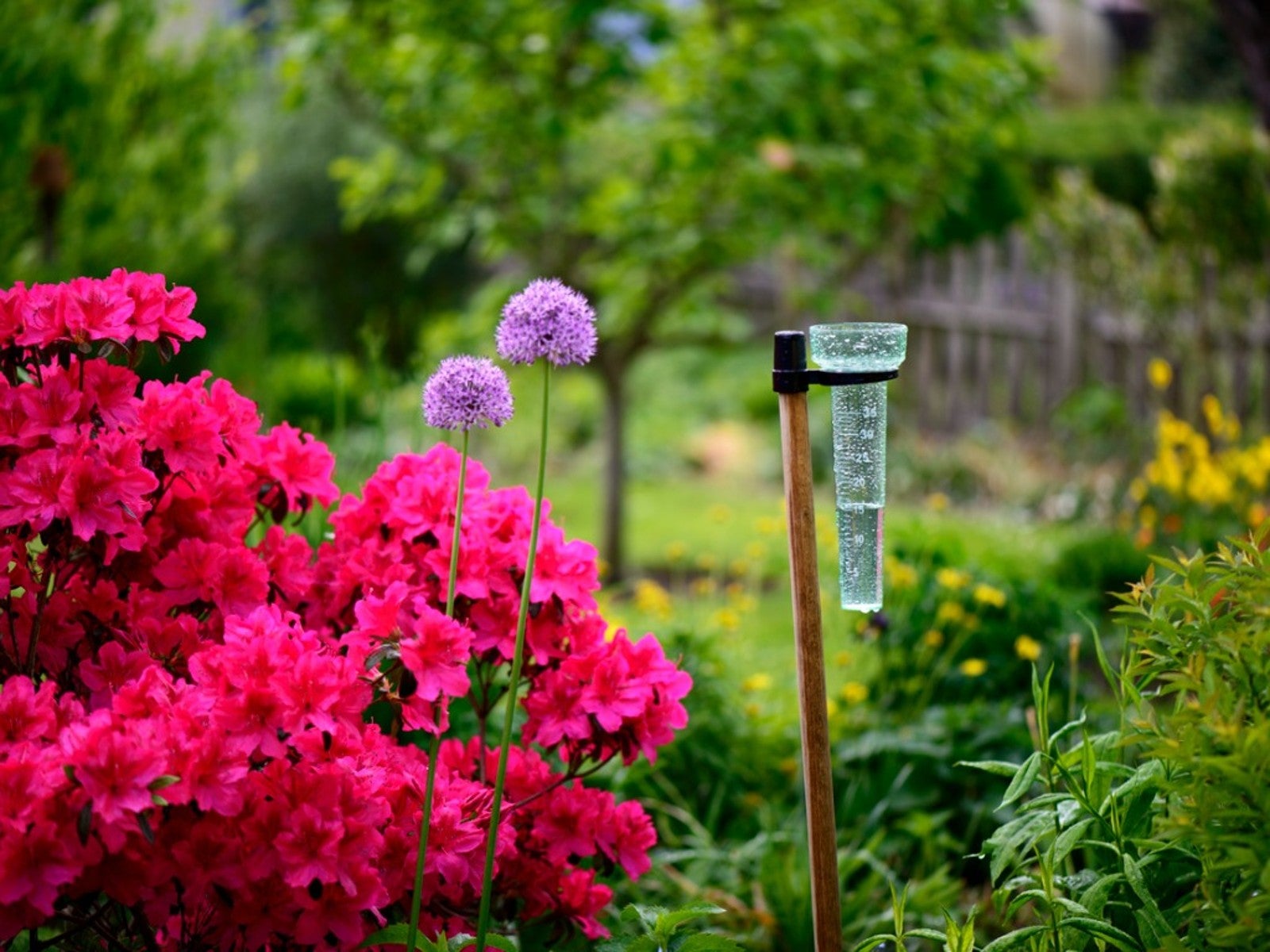How To Fix Excessive Rain Garden Overflow


Rain gardens have become popular ways of dealing with excess water in the landscape. Using a rain garden for drainage prevents boggy spots in the yard, while also filtering the moisture and preventing it from running off into the storm drains. Landscaping for water drainage should include a rain garden drainage ditch for excess moisture that can percolate into soil. This important step will keep the sod and surrounding areas dry.
The 3 basic components necessary for rain garden water drainage solutions are; inflow, basin, and outflow. The inflow is the area where extra water enters the garden. The basin is what catches that moisture, while the outflow is the rain garden’s overflow area. This is often a ditch dug in such a way that it moves the extra moisture off the property.
Planning Landscaping for Water Drainage
Attractive and useful water drainage solutions can come in the form of rain gardens. Using a rain garden for drainage may provide habitat for wild animals and birds, filter runoff from roofs and eaves, and provide plants with a consistent amount of moisture during the rainy season.
Plant selection is important, as is the placement of each plant. Some plants thrive when under water, while others will suffer. Aquatic plants that can perform well in submerged conditions can go in the center, while those that need plenty of water but cannot withstand submersion should be planted at the edges.
In addition to these concerns, there needs to be a plan for overflow to keep water from damaging sod and other garden beds.
What to Do With Rain Garden Overflow
Inevitably a dousing rain will occur that drops more water than the rain garden can handle. This water needs to be diverted away from the home and other areas of the landscape. You may do this with a rain garden drainage ditch. The ditch can be lined with gravel or have a percolating PVC pipe inside. The water may be diverted to successive rain gardens or directed straight into storm drains. The ditch should be created at the downhill side of the garden, where gravity and slope will remove it easily. A rain garden should not be installed close to a home, especially one with a basement, where excess water could collect and cause damage.
Other Ways to Direct Overflow
While using a rain garden for drainage is a fairly simply way to manage extra water, it isn't fool proof. An estimate of the amount of water the area collects is possible but never completely accurate due to the capriciousness of nature.
Sign up for the Gardening Know How newsletter today and receive a free copy of our e-book "How to Grow Delicious Tomatoes".
Using a berm on the downhill side can provide material necessary to collect extra water. Installing native prairie plants is a good idea, as their roots will suck moisture up like a sponge.
Another way to manage overflow is by installing a bio-swale. This is similar to a drainage ditch, but is shallow and heavily populated by plants. The bio-swale should have a gentle slope, just enough to re-direct water but also allows plants in the swale to uptake moisture.

Bonnie Grant is a professional landscaper with a Certification in Urban Gardening. She has been gardening and writing for 15 years. A former professional chef, she has a passion for edible landscaping.